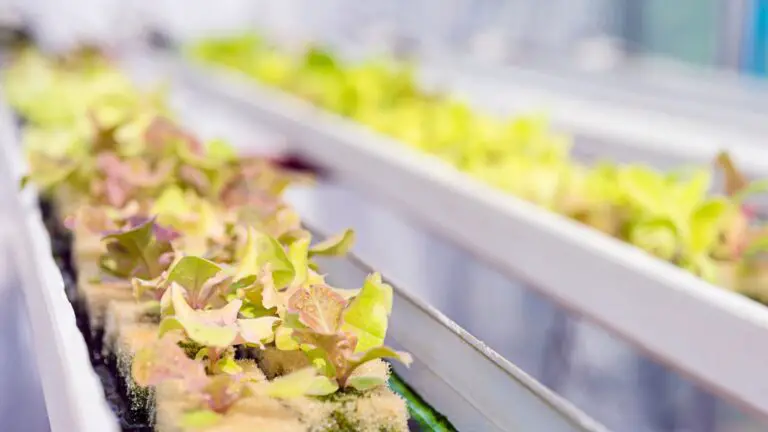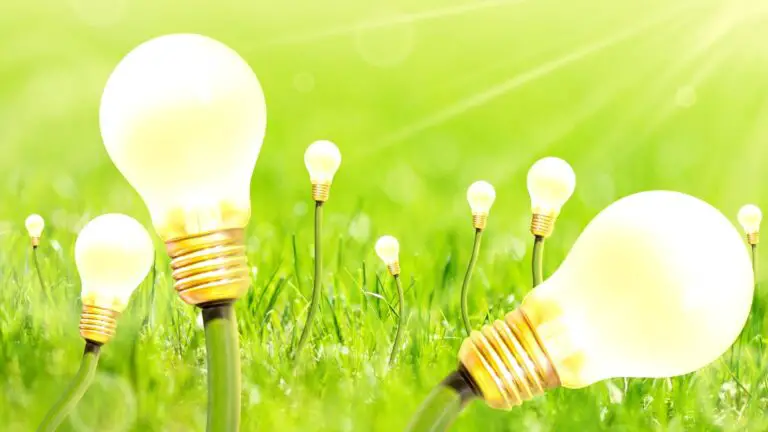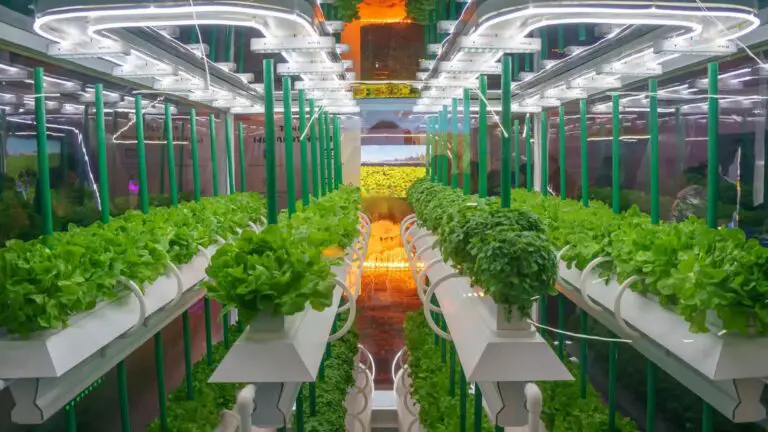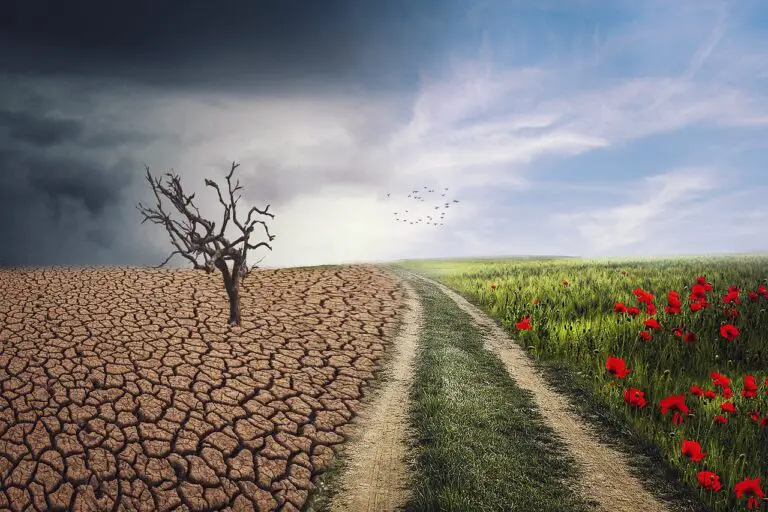Passive vs. Active Hydroponic Systems: What’s the Difference?
Disclosure: Your purchases through our links may earn us a small commission, supporting our site’s ability to provide valuable information to our readers. Rest assured, it won’t impact your price. Thank you for your support.
If you’re new to hydroponics, you may wonder what the difference between passive and active systems is. Both systems have pros and cons, but which one is right for you? In this blog post, we will discuss the differences between passive and active hydroponic systems, so you can decide which type of system is best for you!
What Is Hydroponics, and How Does It Work?
Hydroponics is a method of growing plants without soil. The plant’s roots are suspended in a nutrient-rich solution in a hydroponic system. The plant is mostly supported by an inert substrate such as Rockwool, gravel, sponge, perlite, vermiculite, coco coir, or other media. The nutrient-rich solution provides all the nutrients that the plant needs to grow.
The main advantage of hydroponics is that it allows the grower to control the plant’s nutrient supply, which results in faster growth and higher yields. Additionally, hydroponics systems use less water than traditional soil-based methods and can be set up virtually anywhere.
What Are the Two Main Types of Hydroponic Systems?
- Passive
- Active.
Passive Hydroponic Systems?
What Are Passive Hydroponic Systems?
Passive hydroponic systems rely on gravity to circulate the nutrient solution. In a passive system, the roots are suspended in a nutrient solution, and the solution is circulated using gravity or capillary action.
What Are the Types of Passive Hydroponic Systems?
1 . Wick System
The most common type of passive system is the wick system. In a wick system, the plant’s roots are suspended in a growing net cup containing an inert substrate, and a reservoir of nutrient solution is placed beneath the growing net cup. A wick connects the reservoir to the growing medium and transports the nutrient solution to the plant’s roots.
Related: How to Setup Wick Hydroponics System With 8 Easy Steps?
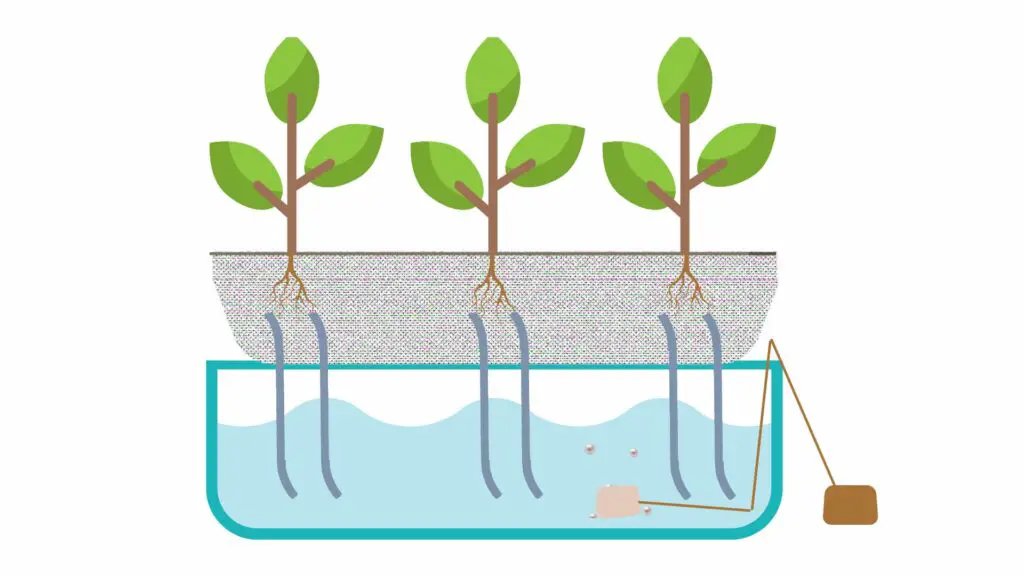
2. Kratky system
The Kratky Method is a type of passive hydroponic system that does not require a pump or timer. In the Kratky Method, the plant’s roots are suspended in a nutrient solution, and the container is covered with plastic wrap or another lid to prevent evaporation. The solution is allowed to evaporate slowly, and the residual moisture in the system feeds the plant.
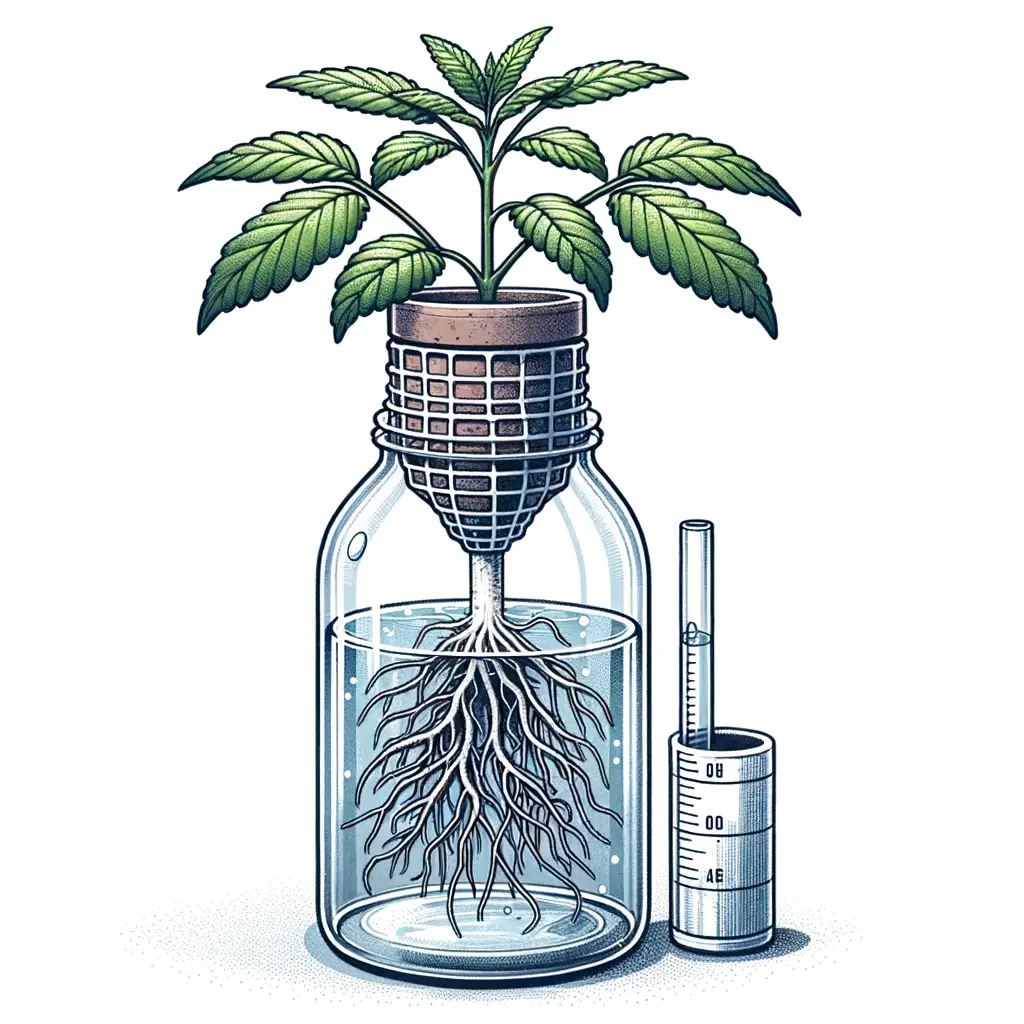
What Are Some Pros and Cons of Passive Hydroponic Systems?
Pros
- Passive systems are relatively simple and easy to set up.
- They are less likely to fail than active systems.
- Typically cheaper than active systems.
- Passive systems rely on gravity or capillary action to circulate the nutrient solution through the system, so there is no need for pumps or other moving parts.
Cons
- The main disadvantage of passive hydroponic systems is that they are not as efficient as active systems.
- Additionally, passive systems require more frequent maintenance than active systems.
Related:
How to Set Up a Deep Water Culture (DWC) Hydroponic System?
Active Hydroponic Systems
What Are Active Hydroponic Systems?
Active hydroponic systems rely on pumps to circulate the nutrient solution. In an active system, the roots of the plant are suspended in a growing net cup, and a pump circulates the nutrient solution through the roots.
What Are the Types of Active Hydroponic Systems?
1 . Drip system
The most common type of active system is the drip system. In a drip system, the nutrient solution is pumped from the reservoir to the grow bed, where it drips onto the plant’s roots. The excess solution then drains back into the reservoir.
Realted:
How to Set up a Drip Hydroponic System
Advantages and Disadvatages of Drip Hydroponic System
2 . NFT (nutrient film technique) system
Another type of active hydroponic system is the NFT (nutrient film technique) system. In an NFT system, the nutrient solution is pumped from the reservoir to a grow bed, where it flows through a channel that runs along the length of the bed. The plant’s roots are suspended in the channel and constantly exposed to the flowing nutrient solution.
Related: How to Set Up a Nutrient Film Technique (NFT) Hydroponic System?
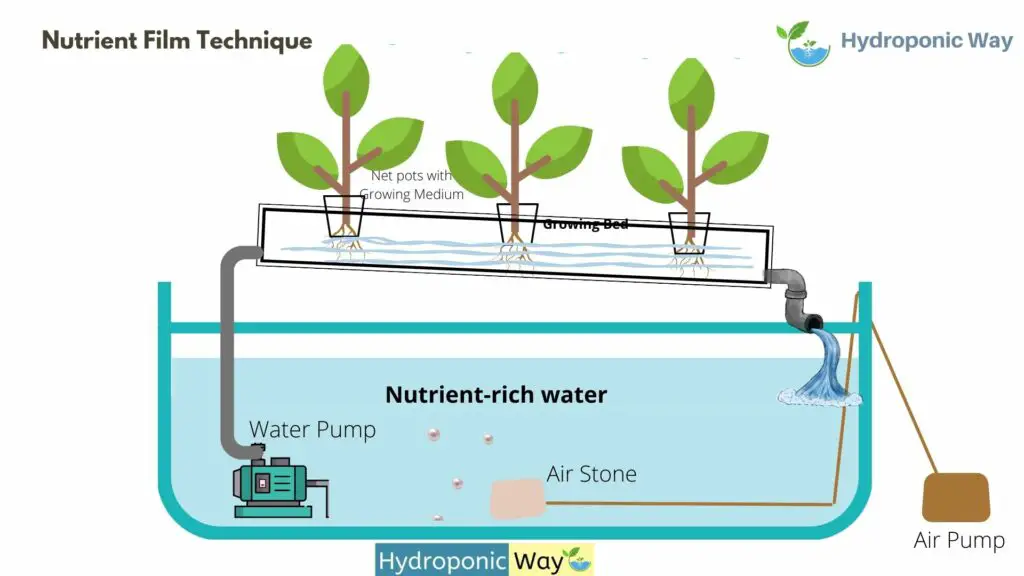
What Are Some Pros and Cons of Active Hydroponic Systems?
Pros
- Active hydroponic systems are that they are more efficient than passive systems.
- It requires less frequent maintenance than passive systems.
- Active hydroponic systems use pumps to circulate the solution through the system. This offers better control over the nutrient supply to the plants and allows for more precise timing of nutrient delivery.
- They offer the advantage of faster growth and higher yields.
Cons
- The main disadvantage of active hydroponic systems is that they are more complex and difficult to set up than passive systems.
- Active hydroponic systems are more expensive than passive systems.
How to Choose the Right System for You?
Choosing between a passive or active hydroponic system will ultimately come down to your own needs & preferences as a grower. Consider what is most important to you in terms of efficiency,
When choosing a hydroponic system, it is important to consider your budget, your experience level, and your system goals.
If you are new to hydroponics, you may want to start with a passive system. Passive hydroponic systems are simpler and easier to set up than active systems, but they are less efficient and require more frequent maintenance.
An active system may be a better option if you have a larger budget or are looking for faster growth and higher yields. Active hydroponic systems are more efficient and require less frequent maintenance, but they are more complex and difficult to set up.
No matter which type of system you choose, hydroponics can be a fun and rewarding way to grow plants! With a little research and planning, you can set up a successful hydroponic system that meets your needs and goals.
Thank you for reading!
Also, read:
Why Is Hydroponics Farming Increasing in Popularity?
The 5 Crazy Myths about Hydroponics
Why Do We Need Hydroponics? Is Conventional Farming Sustainable?
9 Useful Tips to Create a Sustainable Hydroponic Garden for Long Term Success
The Difference Between Kratky and DWC Hydroponic Systems
If you are looking to buy any hydroponic systems or any equipment you can select the best one suited for you.

